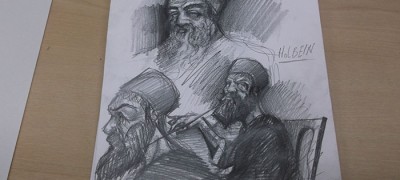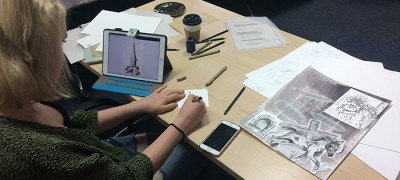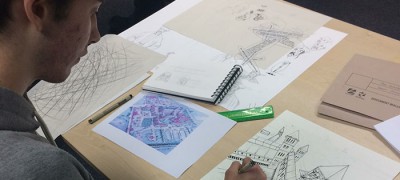
2017 marks the 500th anniversary of the beginning of the Protestant Reformation. In 1517, Martin Luther famously nailed his 95 Theses, or arguments against indulgences, to a church door in Wittenberg, Germany. This act of defiance can be seen to herald the process of change in religious practice across Europe.
Henry VIII’s dissolution of the monasteries took place as part of the Reformation in England. It resulted in the plunder of church wealth and the destruction of monasteries and their communities.
From 7 to 11 August The National Archives, together with artist Carol Adlam, ran a graphic art workshop based on some of these monastic stories. Original records were examined and analysed to explore the impact of the Reformation on the people who lived during these tumultuous times. The outcome of these interpretations was then expressed through the medium of graphic art, storyboarding and script editing.
Students who took part in this project were each given a short section of a script, telling the story of key events within the dissolution of the monasteries. They each produced artwork to illustrate their script, designed to echo the Canterbury Tales and explore the events from a variety of points of view. The finished artwork was put on display during the Reformation on the Record conference.











